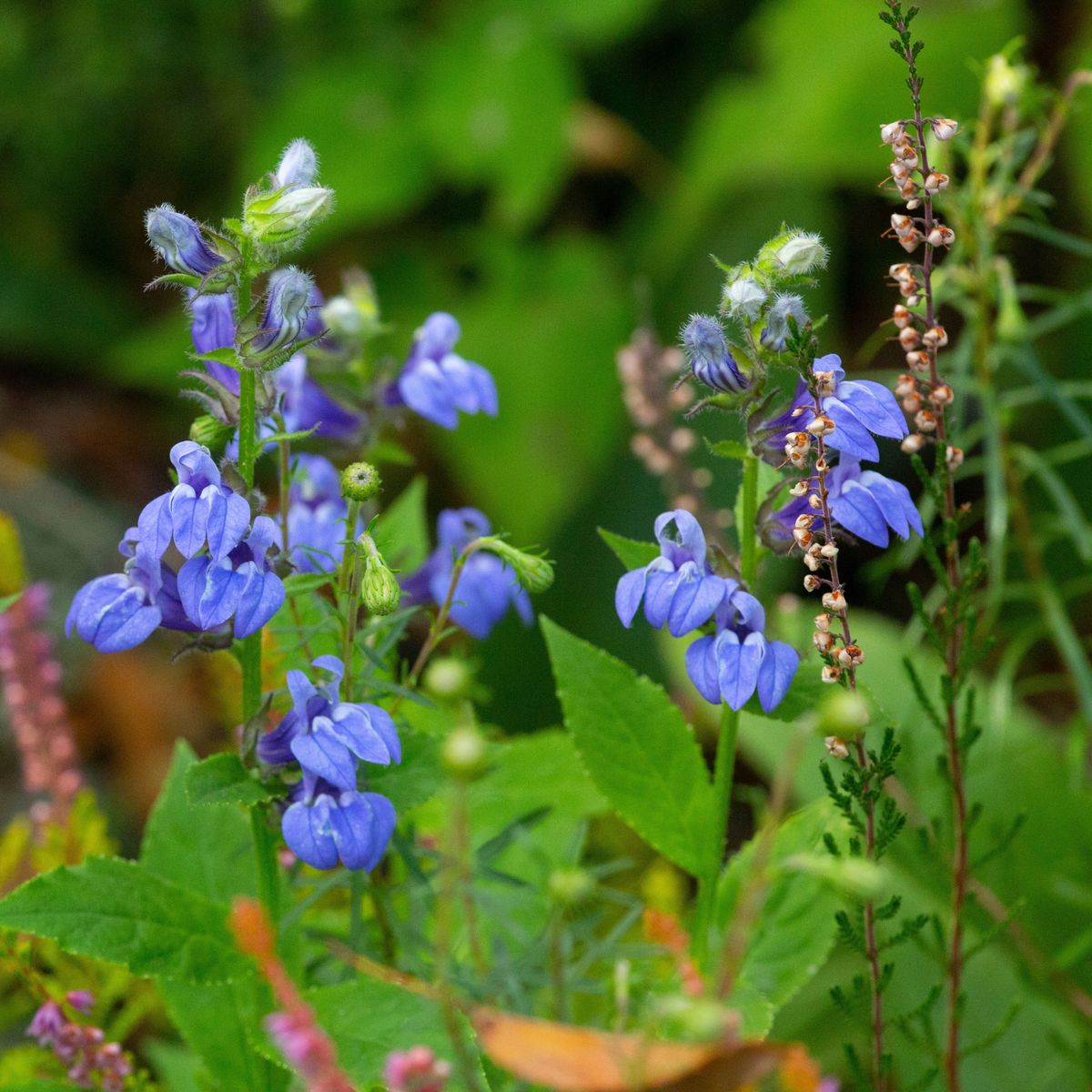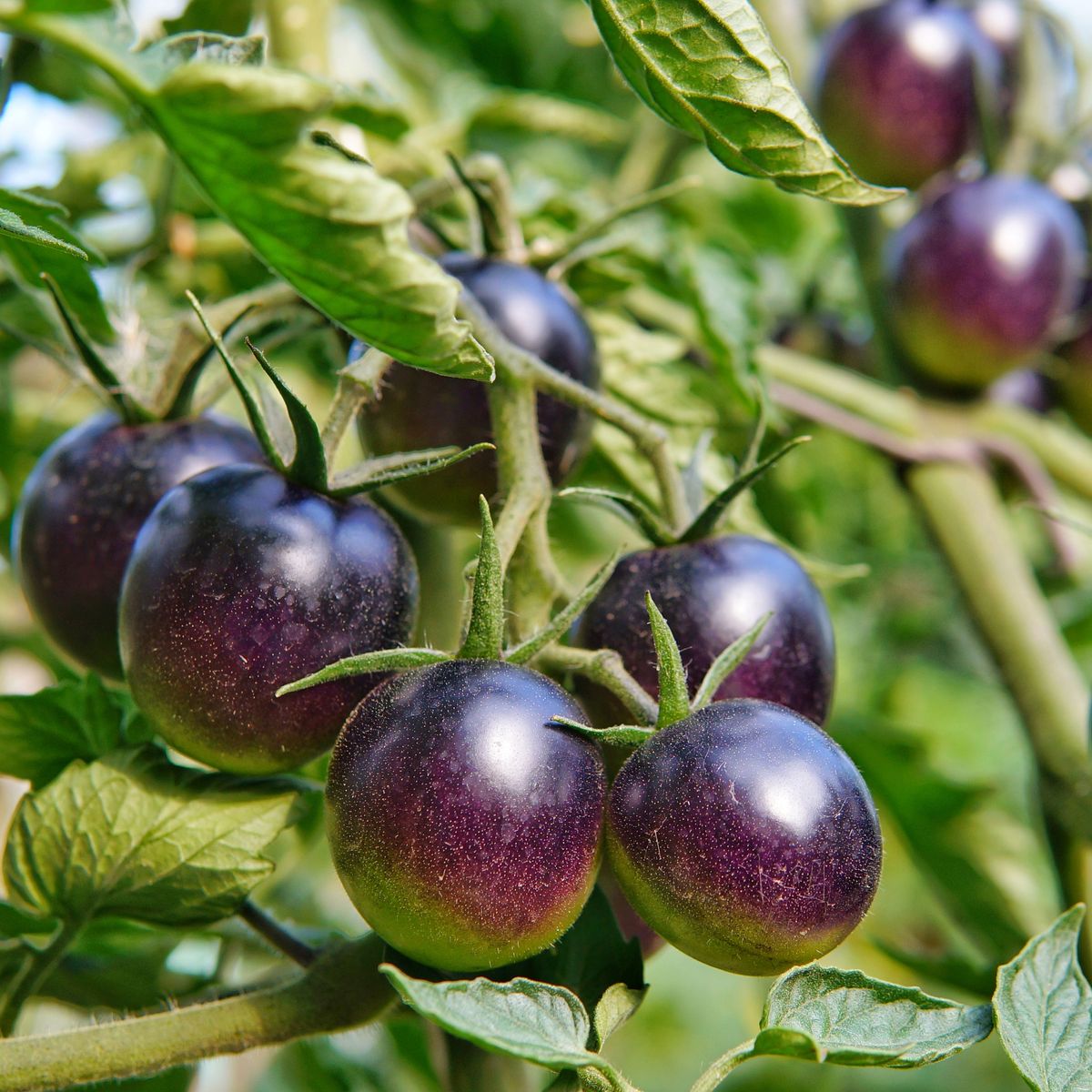There are a lot of home remedies out there that use basic home ingredients. Using these methods may not always have a 100% percent success rate, but they can save a lot of money when they do work and cost so little that it never hurts to try them.
One popular home remedy is cayenne pepper to repel a wide range of pests. Cayenne has shown varying degrees of effectiveness on everything from insects to raccoons.

However, it’s also generally safe for use on plants, making this a great option for those who may have issues with rabbits, spider mites, or other pests.
How To Make And Use Cayenne Pepper Spray For Plants
Making cayenne pepper spray for use on plants can be as simple as powder, soap, and water or a lot more complicated.
Let’s first look at what it does, then consider a few popular recipes, ending with how to apply your pepper spray properly.
Effects Of Cayenne Pepper On Pests
All peppers contain a chemical compound called capsaicin.
While you won’t notice it in bell peppers, hot peppers are another matter entirely, and the amount of capsaicin directly affects the amount of heat in the pepper.
This substance has a warming effect when made into a paste, which is useful against arthritis, but not so pleasant for pests.
In fact, simply sprinkling ground cayenne pepper around your trash cans can discourage raccoons because it irritates their paws.
In the garden, using a spray version can have some interesting results of its own.
Any rabbit or other pest that tries to nibble on a treated plant will end up with a nasty burning sensation for their efforts.
Even something as small as an aphid will be reluctant to attack a treated leaf, and there are reports of the pepper spray even killing small insect pests on contact.
One other benefit to using cayenne pepper spray is that it won’t harm most plants and will leave beneficial insects alone if you apply it when they’re least active.
One Small Warning
Before we get into the recipes, there’s one important detail to consider.
These recipes all use soap (it can be Dawn dish soap or pure castile soap) to act as an adhesive.
While most plants tolerate a little soap, some are sensitive to it.
Be sure to test a tiny portion of the plant first if you aren’t sure whether or not it’s sensitive to soaps.
Basic Hot Pepper Spray Recipe
The most basic recipe requires only three ingredients.
Add 2 tablespoons of ground cayenne pepper to a gallon of water.
You can also use 3 to 5 tablespoons of cayenne pepper flakes instead of the powder.
Finally, add a touch of Dawn dish soap (a tablespoon is plenty) and gently blend it in. And that’s it!
Pour the mixture into a spray bottle, and you’re ready to go.
The spray will generally remain viable in the fridge for up to a week, but the sooner you use it, the better the effects.
Cayenne Hot Sauce Spray Recipe
This recipe uses a cayenne-based hot pepper sauce (such as Frank’s Red Hot) instead of ground cayenne.
Because the hot sauce is already in a liquid form, it dissolves a lot easier than powder and diffuses better than flakes.
You will need 8 ounces of hot sauce per gallon of water and 6 drops of liquid soap.
Blend and add it to your spray bottle.
This spray will last a bit longer in the fridge than the basic recipe but should also be used soon after being made for the best results.
Cayenne Pepper Tea
This third recipe is a lot more time-consuming but has great results.
You will need to chop 10 cayenne peppers finely.
You can also add 10 cloves of garlic (or the equivalent of minced garlic).
Simmer for 10 to 15 minutes, then add 1 gallon of water and bring it back to a simmer for another 30 to 45 minutes.
Remove the pot and allow it to sit covered for 24 hours while the contents continue to steep.
Strain the mixture into a spray bottle and add 4 to 5 drops of liquid soap.
The tea can be refrigerated for up to 3 months, although it’s best to use it within a few weeks.
Get Fancy With It!
We’ve given you three basic recipes, but you can get really creative by adding other ingredients.
Some popular choices are essential oils, such as peppermint, garlic, and lemon juice, or steeping strong herbs, such as sage.
While unnecessary, these additions can help repel a wider range of pests, increase the potency, or simply give the spray a pleasant smell that pests hate.
Applying Cayenne Pepper Spray
The best time to apply your spray is in the evening when beneficial insects are least active, and the plants have less moisture on them.
Spray your plants thoroughly, getting the leaves (top and bottom), stems, and fruit or veggies.
Reapply every 3 to 4 days and after it rains.
You will want to wear gloves and protect your eyes in case of splashing or wind.
Also, you may want to avoid coating the flowers on plants that are in bloom unless they are attacked.
This will prevent you from accidentally chasing away pollinators that might get hot feet.
Cayenne pepper strays are easy to make and can discourage pests from chewing on your plants, but remember that it’s not 100% effective.
If a pest is hungry enough, it will eat anything – even plants they know are toxic.
Also, remember that birds aren’t affected by capsaicin, so a cayenne pepper spray won’t stop an avian attack on your berry bushes unless you add additional ingredients.
But when you use this popular remedy regularly, it will generally cause pests to flee after their first spicy nibble, and they’re not likely to return for a while.












